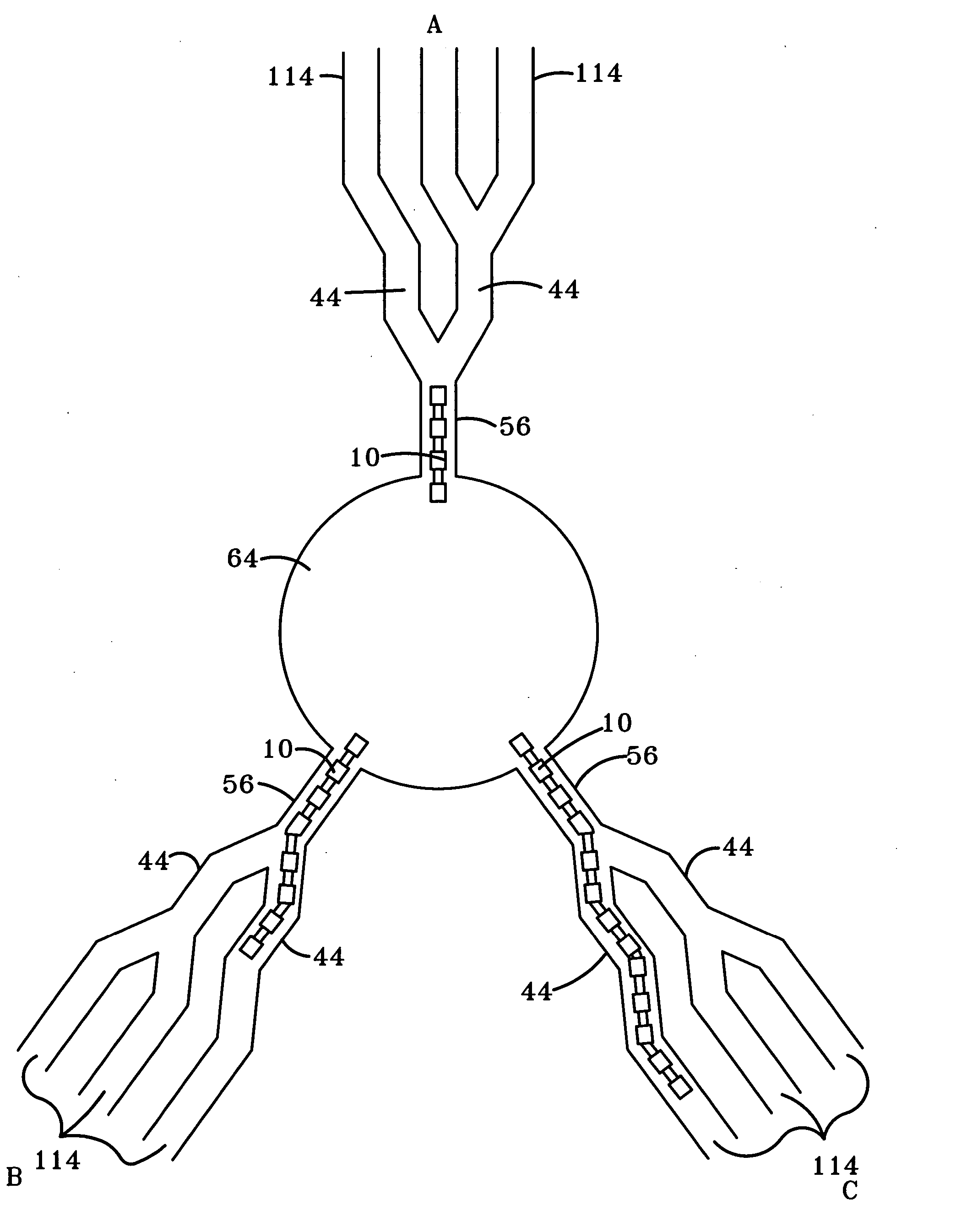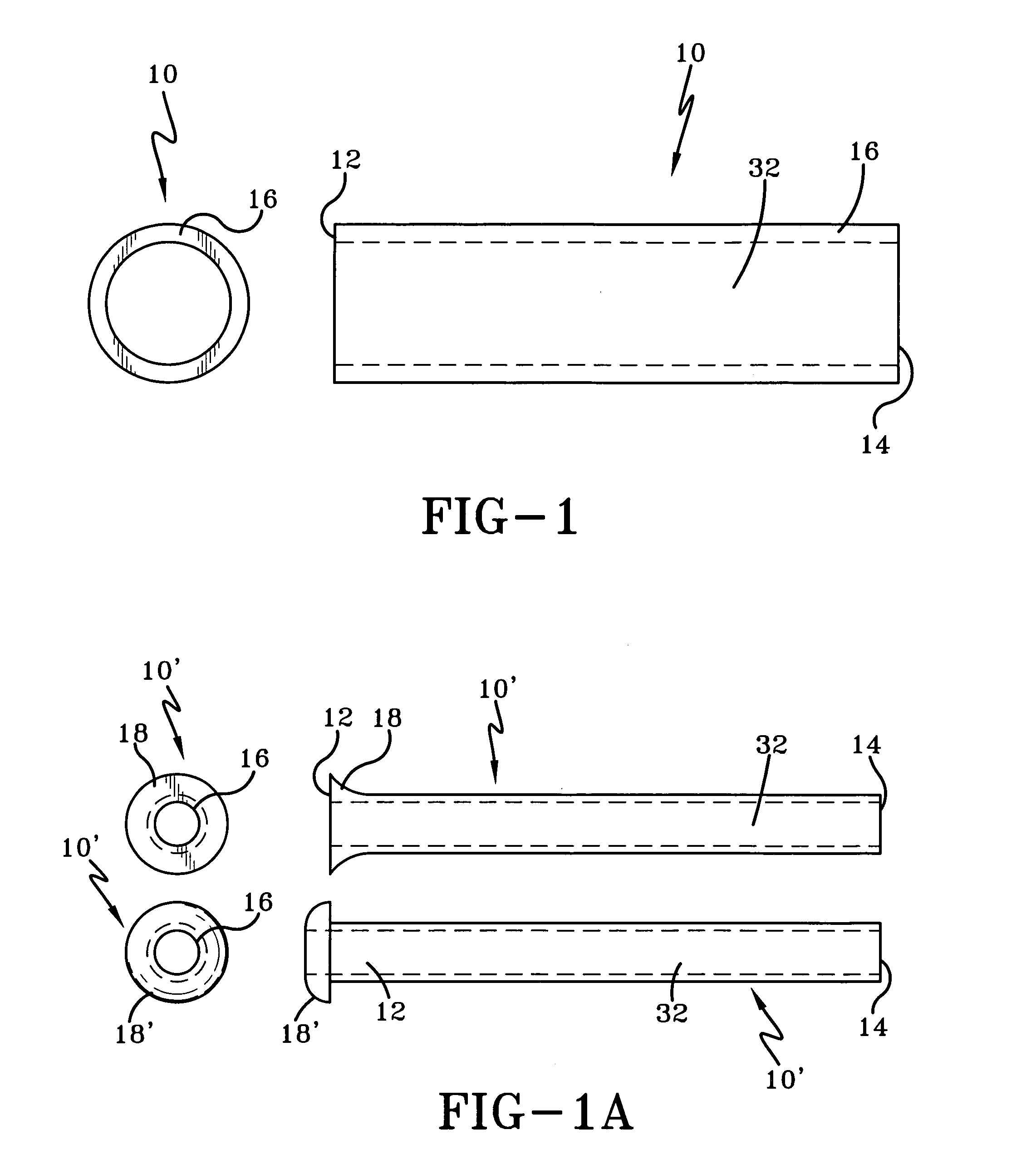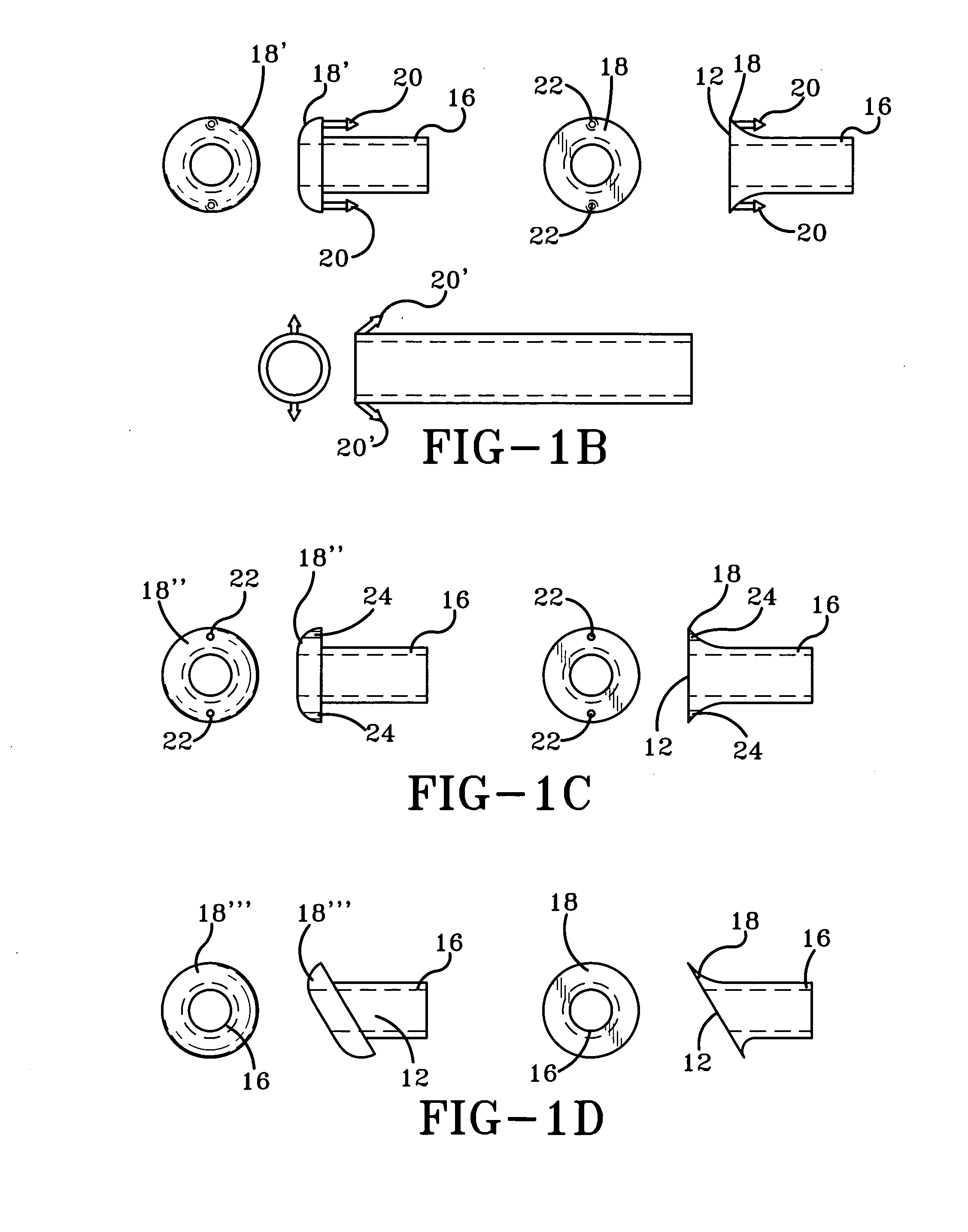Apparatus and method for non-pharmacological treatment of glaucoma and lowering intraocular pressure
a non-pharmacological treatment and eye technology, applied in the field of eye surgery, intravenous devices, etc., can solve the problems of glaucoma, glaucoma is a significant public health problem, and the eye is affected by glaucoma
- Summary
- Abstract
- Description
- Claims
- Application Information
AI Technical Summary
Benefits of technology
Problems solved by technology
Method used
Image
Examples
Embodiment Construction
[0113] Referring now to FIGS. 1-21 wherein the showings are for purposes of illustrating at least one embodiment of the invention only and not for purposes of limiting the same, FIG. 18 shows trabecular meshwork / Schlemm's canal 118, sclera 124, retinal pigmented epithelium 130, choroids 132, retina 134, fovea 136, macula 138, vitreous humor 140, optic nerve 142, conjunctiva 144, cornea 146, iris 148, pupil 150, aqueous 152, limbus 153, and lens 154.
[0114]FIGS. 1-1L show various embodiments of the tube 10. The tube 10 has proximal 12 and distal 14 ends, a tube wall 16, and flow opening 32. In one embodiment of the invention, the tube 10′ has a nipple 18 at the proximal end 12 to prevent retraction from the anterior chamber 64. The nipple 18 also eliminates the need for a lengthy tube extending into the anterior chamber 64. The shape and angle of the nipple 18, 18′, 18″, 18′″ can vary, and can include fixation holes 24 for suture fixation. The nipples 18, 18′, 18″, 18′″ can also be a...
PUM
 Login to View More
Login to View More Abstract
Description
Claims
Application Information
 Login to View More
Login to View More - R&D
- Intellectual Property
- Life Sciences
- Materials
- Tech Scout
- Unparalleled Data Quality
- Higher Quality Content
- 60% Fewer Hallucinations
Browse by: Latest US Patents, China's latest patents, Technical Efficacy Thesaurus, Application Domain, Technology Topic, Popular Technical Reports.
© 2025 PatSnap. All rights reserved.Legal|Privacy policy|Modern Slavery Act Transparency Statement|Sitemap|About US| Contact US: help@patsnap.com



